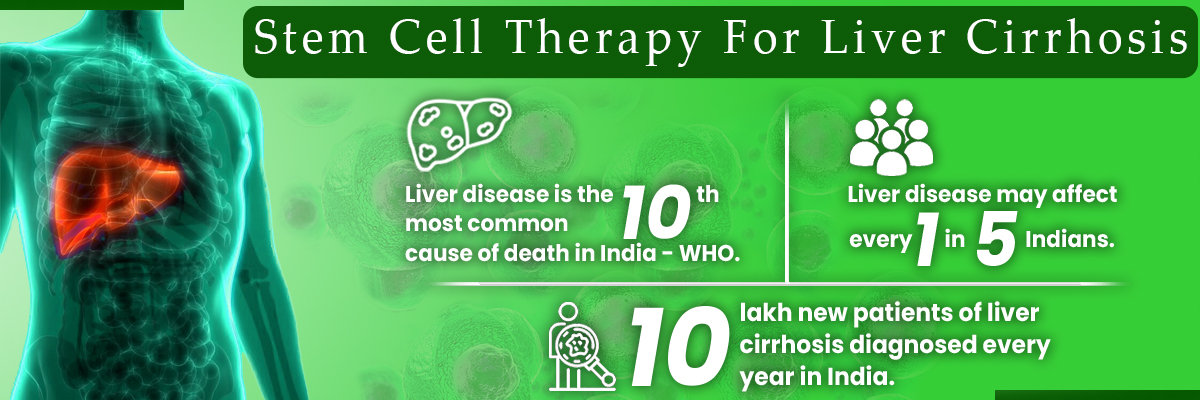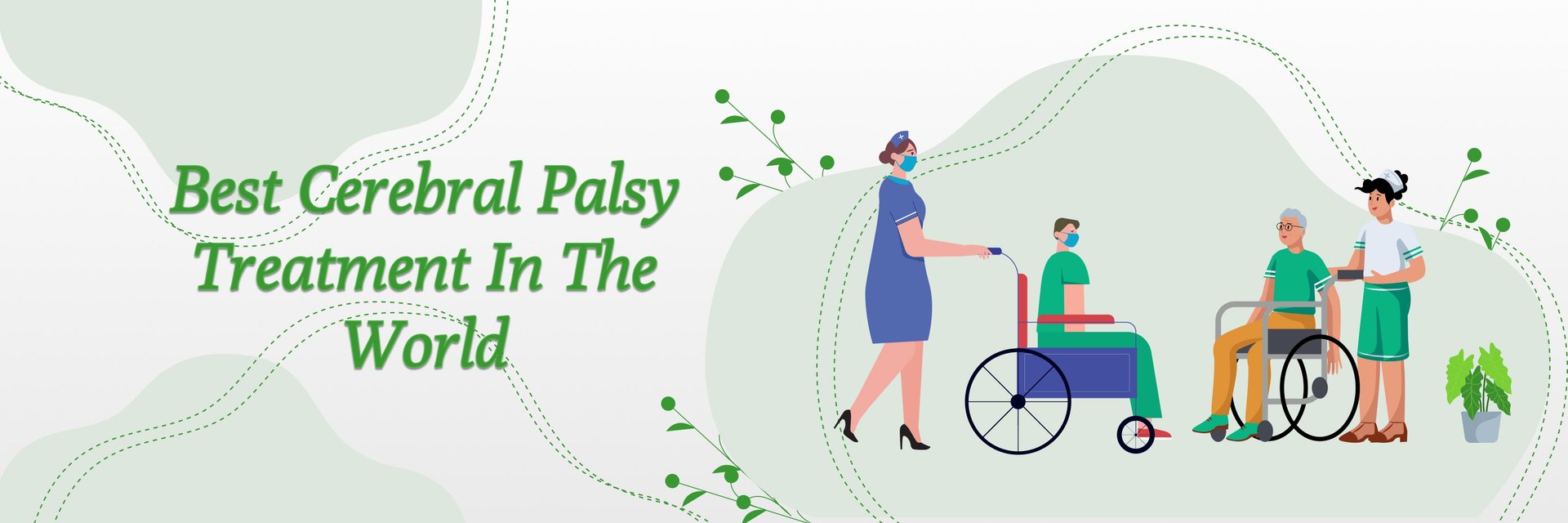Overview
Consider a world where an illness previously considered to be irreparable could perhaps be reversed or even enhanced. Such is what stem cell therapy promises paralysis sufferers. As the march of medical science pushes the envelope of regenerative medicine further and further ahead, the promise of stem cells to restore the physical function that has been lost is a progressively realistic part of life. Paralysis stem cell therapy isn't just a possibility, it's a new reality in development that holds the promise of new mobility, autonomy, and quality of life.
Imagine a world where paralysis, once thought to be an irreversible condition, with stem cell therapy it is possible to cure this disease as well. As medical science advances, regenerative medicine is breaking new ground, offering hope to individuals who have lost their mobility. Stem cell treatment for paralysis is not just a distant dream but an evolving reality, bringing new hope for regaining lost functions, independence, and a better quality of life. This transformative approach is reshaping the way we think about paralysis, offering the promise of a future with more freedom and mobility. Get connected with the experts of the field in minutes.
Understanding what is Paralysis
Paralysis refers to loss of muscle function of part or part of the body. It arises due to nervous system damage, particularly spinal cord or brain injury. The body cannot perform voluntary movements after this link between muscle and brain has been interrupted.
There are many reasons leading to paralysis. Traumatic injury to the spinal cord from accidents or falls is among the most prevalent. Stroke, on the other hand, denies the brain blood supply and results in paralysis. Neurological disorders such as multiple sclerosis, amyotrophic lateral sclerosis (ALS), and cerebral palsy are the leading causes in most instances. Central nervous system cancer and infection via polio are some of the potential causes. Whatever the cause, long-term effect always severely disables a person's mobility and independence. Stem Cell Therapy for Paralysis Stem cell therapy is therapy using cells with the ability to develop into many forms of tissue. Stem cells are implanted into the body in paralysis so that damaged neural tissues can be replaced or repaired and some lost functions are regained.

Types of cells used
As stem cell is the most developing field, there are continuous innovations taking place, Stem cell therapy can be used as an options for treatment of various diseases. Now-a-days stem cell can also be used for paralysis treatment as well, below given cells are used while treating disease like Paralysis with the help of stem cell therapy.
| No. | Name of the Cell | Description |
| 1) | Mesenchymal stem cells (MSCs) | They are derived from bone marrow or adipose tissue and are multipotent with the capacity to become nerve cells and modulate the immune response. |
| 2) | Neural stem cells (NSCs) | They can develop into glial cells and neurons and play a crucial role in the reconstruction of neural networks.
|
| 3) | Induced pluripotent stem cells (iPSCs) | Reprogrammed from adult somatic cells, they possess the ability to differentiate into nearly any cell type, including neural tissue.
|
| 4) | Embryonic Stem Cells (ESCs) | Helps to treat paralysis of spinal cord, due to their ability to differentiate into various types of cell types, including neurons and Gila. |
| 5) | Allogeneic Stem Cell Therapy | These cells are typically hematopoietic stem cells, which can differentiate into various blood cells.
|

Eligibility Criteria for Stem cell treatment
Following are the eligibility criteria for stem cell treatment for paralysis:
- Medical Condition: There should be no unstable medical condition or active infection among the candidates.
- Nature of injury: Incomplete spinal cord injury patients will benefit more.
- Age factor: The lower the age of the individual, the better the response to the treatment will be.
- Timeliness: The earlier the treatment is administered after injury, the more favorable are the results.
- General health: Better general health will ensure greater healing and integration of stem cells.
Benefits & Advantages
Stem cell therapy holds a wide range of potential benefits that set it apart from conventional treatments. Most attractive among these is the promise of brain regeneration. For the patient, this would translate to regaining mobility, sensation, or both injured limbs.
The therapy also minimizes inflammation in the injured tissue, creating an environment for healing in a healthy manner. A few of the patients regain bladder and bowel control, lung capacity, and muscle strength. Because stem cell treatment prices are obtained from the patient's own body, there is minimal risk of immune rejection. Stem cell therapy is also less invasive than regular surgery, sometimes leading to shorter hospital stay and quicker recovery.
Risks Associated
As great as stem cell therapy is, there are risks. One of them is the abnormal development of cells, especially when cells do not develop in the normal way. It can lead to such an issue as tumor or the misconstruction of tissue.
The second risk is with the immune system, especially if cells are taken from a donor rather than the patient. It does have the ability to cause the body to reject the cells and become problematic. There is even a risk of infections occurring if performed beyond the purer clinical framework. The effect of the procedure itself can vary massively, with at times even improvements themselves turning out to be minimal or of limited duration. Ethical concerns over the origin of stem cells can be another area of conflict, but the application of adult mesenchymal cells has mitigated this problem to a great extent.

Success Rate
The rate of success for paralysis therapy with stem cells depends on factors within it, such as the nature of injury, age, and how quickly the treatment was administered. Clinical trials point in the direction of evidence that the majority of partial spinal injury patients respond well and have improved sensation and motor skills following treatment. All in all, the sooner the treatment, the better, but even patients with chronic injury have improved. Stem cell therapy is no magic bullet, but it has always had the effect of enhancing the quality of life in most of the patients with paralysis.
Keio Japan University: A man who was paralyzed from neck regained his ability with the help of stem cell treatment. This treatment included the use of the Induced Pluripotent Stem (iPSCs). The researchers say that the results are promising, but requires more sample dataset to test on, which will lead to fix results and more acceptancy of stem cell treatment as an option for curing disease like Paralysis.
Plexus Stem Cell Research Center, Bangalore: Anand, a resident of Bangalore had paralyzed neck. By undergoing stem cell therapy in Plexus Center, Bangalore, he achieved remarkable progress. After 120 days, he was able to move his hands freely without any pain.
Cost of the treatment
One of the primary issues of concern for the patients is cost. Stem cell therapy can differ by numerous orders based on country, clinic, and type of case. In India, the cost for the stem cell therapy for paralysis can range between ₹4,00,000 and ₹25,00,000.
A number of factors are considered in the overall cost such as type of cells, therapy sessions, pre- and post-treatment, and hospitalization. If stem cell preservation or storage is involved, there may be some extra costs. Stem cell storage and stem cell preservation have different prices, but patients will have to pay more for long-term storage of cells or private stem cell banks. Although preservation and storage of the stem cells are not compulsory, they may become essential in the future for treatments or follow-up procedures. One should also remember that most insurance providers do not cover stem cell therapy at present and label them experimental.
Summary
Stem cell treatment is quickly changing the prognosis for paralysis victims. To be able to theoretically regrow damaged nerves and restore lost function, it is one of the most exciting developments in contemporary medicine. Though certainly not risk-free or cheap, the possibilities brought by mesenchymal stem cells and other cells are becoming real possibilities that once were the domain of science fiction. With ongoing advances in research, and more and more individuals testifying to their success stories, stem cell treatment is accessible to those once left with no hope. With advancing development in the form of stem cell preservation stem cell preservation cost and saving, and treatment options becoming increasingly accessible all over the world, the treatment future for paralysis is brighter than ever before.







